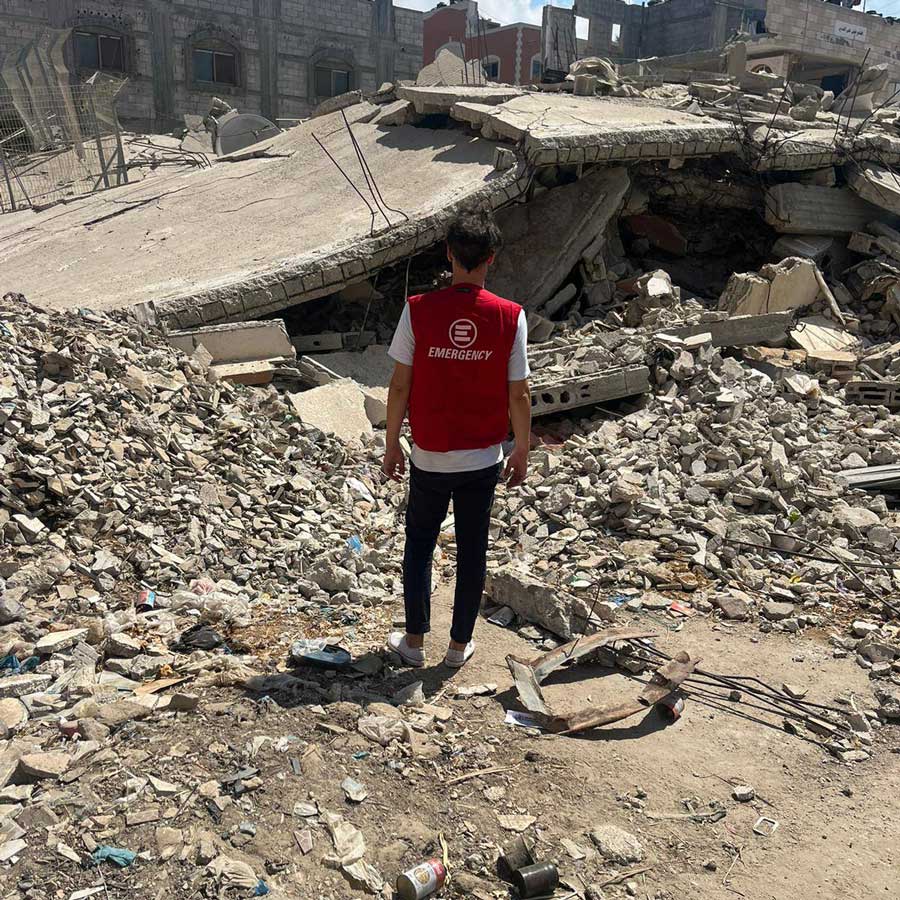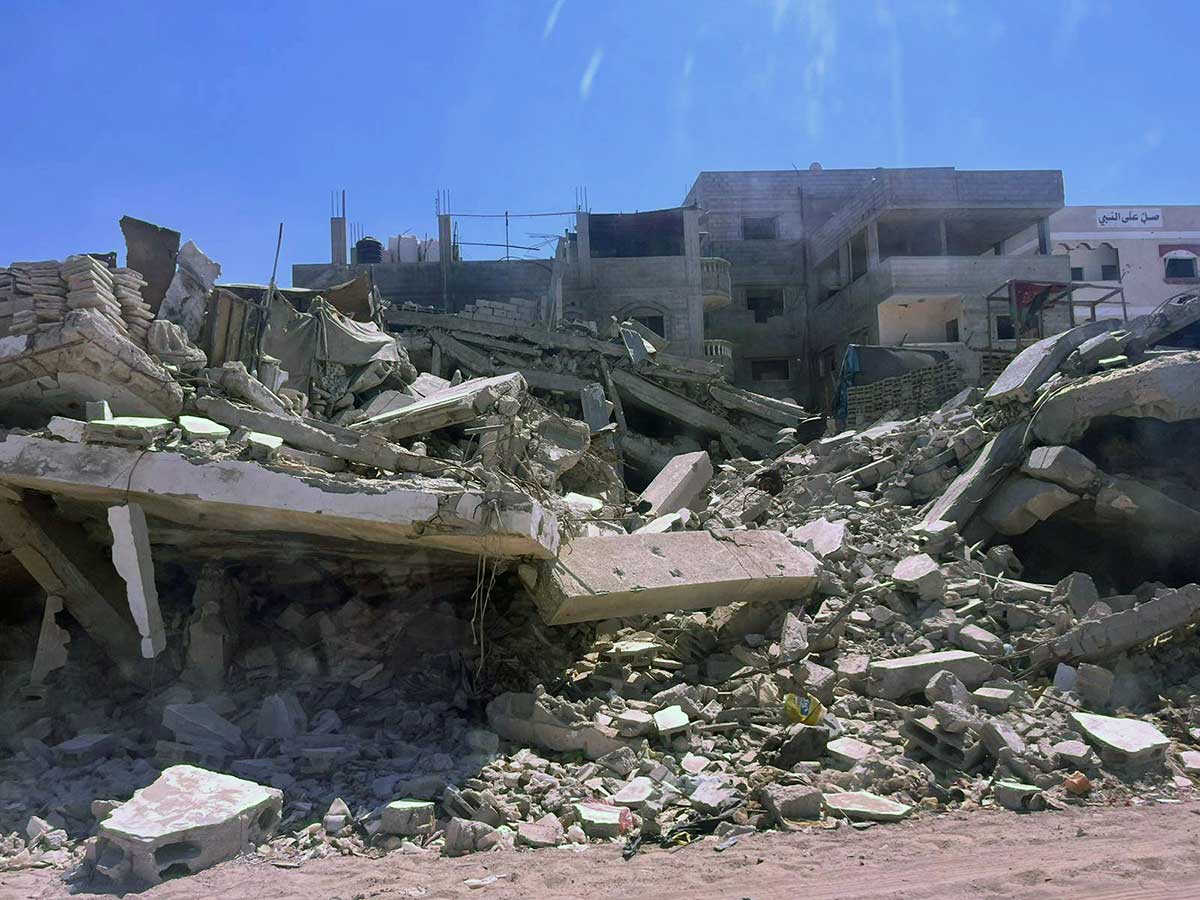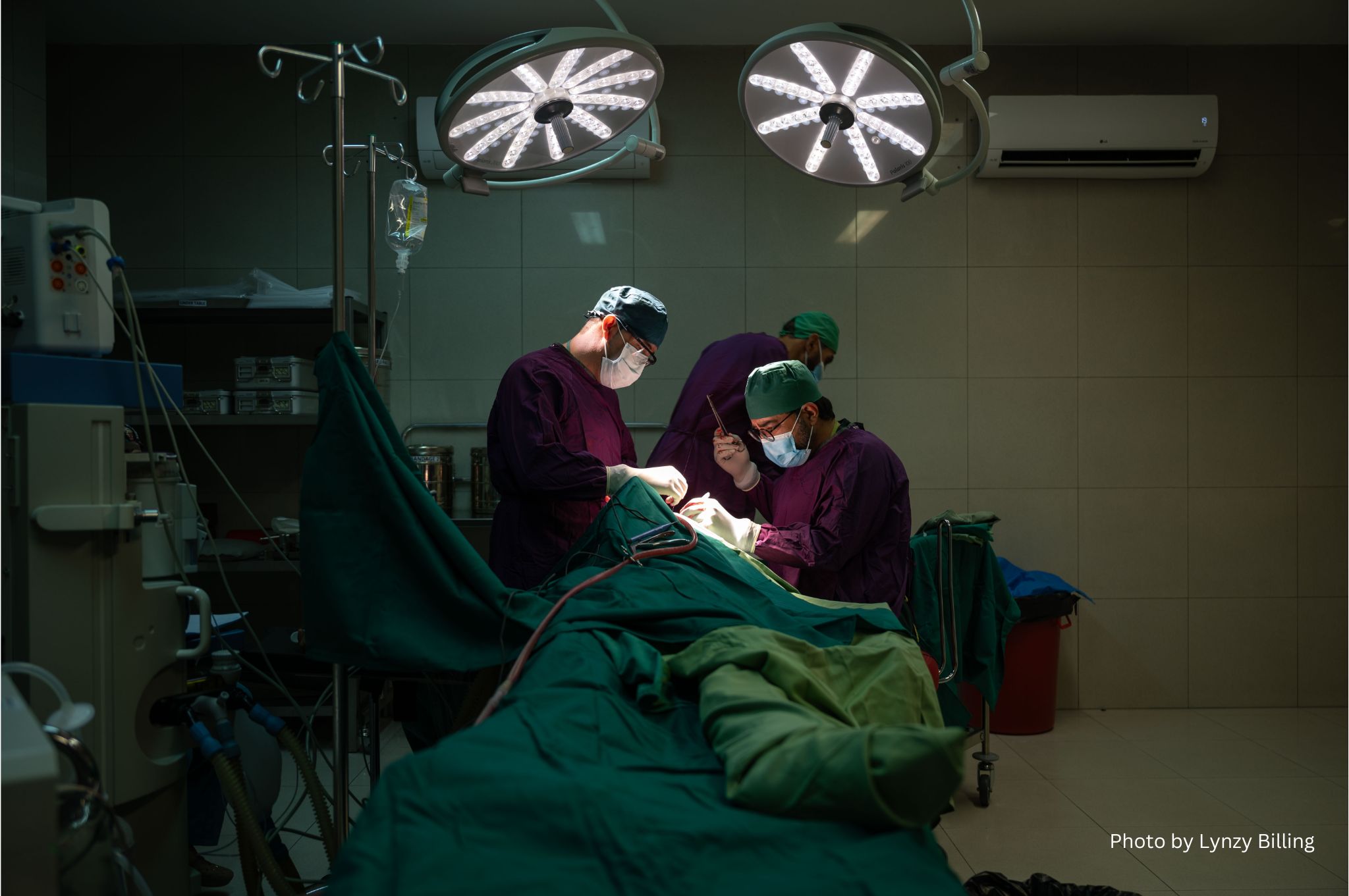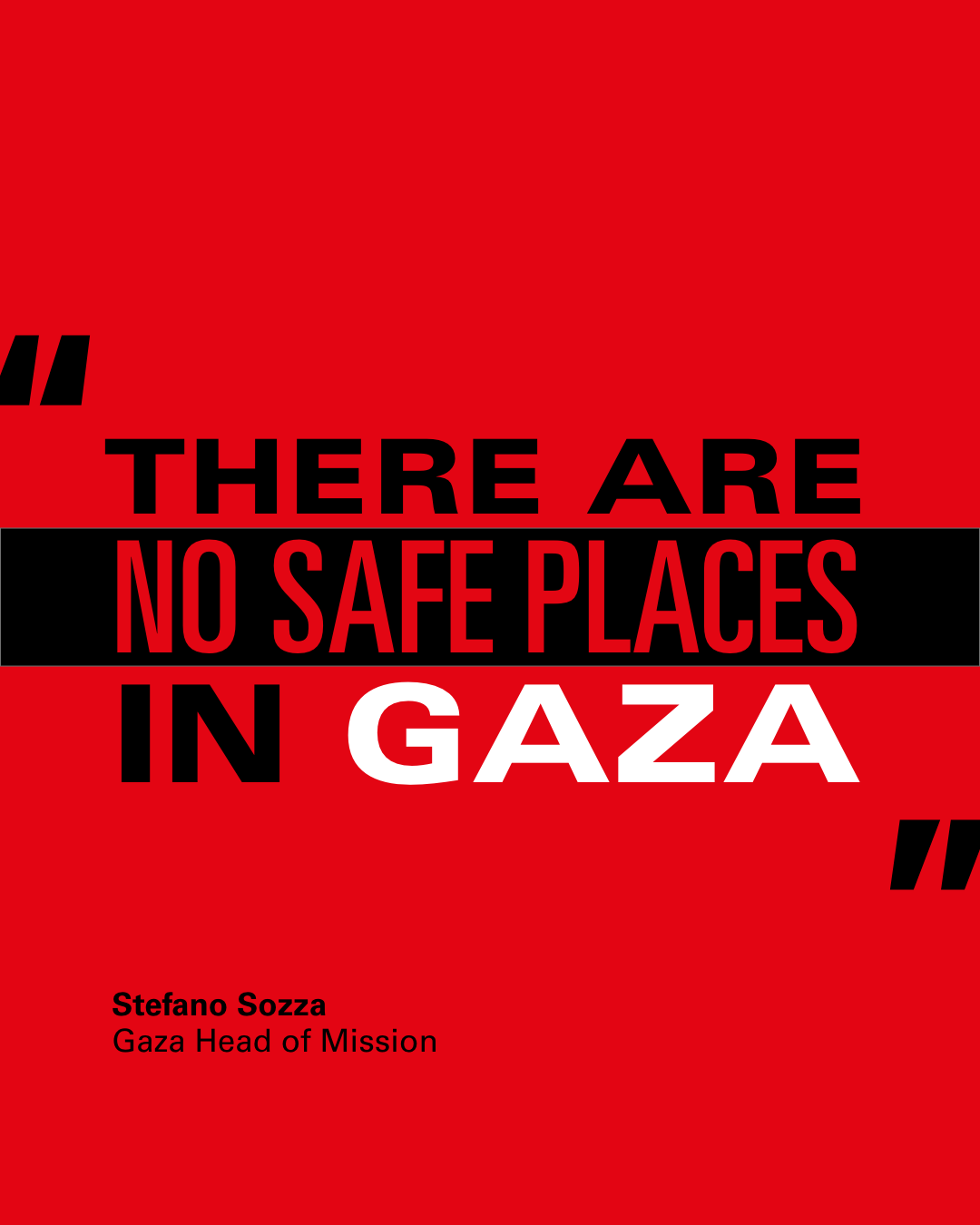
Healthcare Support for the People of Gaza
In Gaza, health needs are enormous. Living conditions are unsustainable.
The local hospitals that are still operational lack necessary staff and medicines, and are often overcrowded. In the absence of other facilities, the sick and injured turn to hospitals for needs that could usually be treated on an outpatient basis.
The situation in the Gaza Strip is critical and the population is suffering. In addition to the lack of health services, there are widespread shortages of water, food and housing.
In mid-August 2024, an EMERGENCY team entered Gaza to open a clinic that will provide first aid, stabilisation of medical and surgical emergencies, transfers to hospital facilities, basic medical and surgical care for adults and children, outpatient reproductive health services, and post-operative follow-up care.
Over the past few months, while waiting for the final authorisation to enter Gaza, we have been working to define the project and establish coordination with UN agencies and other partners in the area.
Aid delivery is contending with major restrictions on access for humanitarian organisations, difficult security conditions and an ever-shrinking humanitarian space.
By the end of August 2024, nearly 84% of the Gaza Strip was placed under evacuation orders. Meanwhile, Israel’s declared humanitarian area in al-Mawasi has shrunk, now covering less than 13% of Gaza.
68 humanitarian missions – about 1/3 of those planned at the start of August – were denied by Israeli authorities in the first half of the month. (Data: OCHA)
The people of Gaza cannot continue to live in these inhuman conditions. EMERGENCY continues to call for an immediate ceasefire, in part to allow humanitarian aid to enter.









